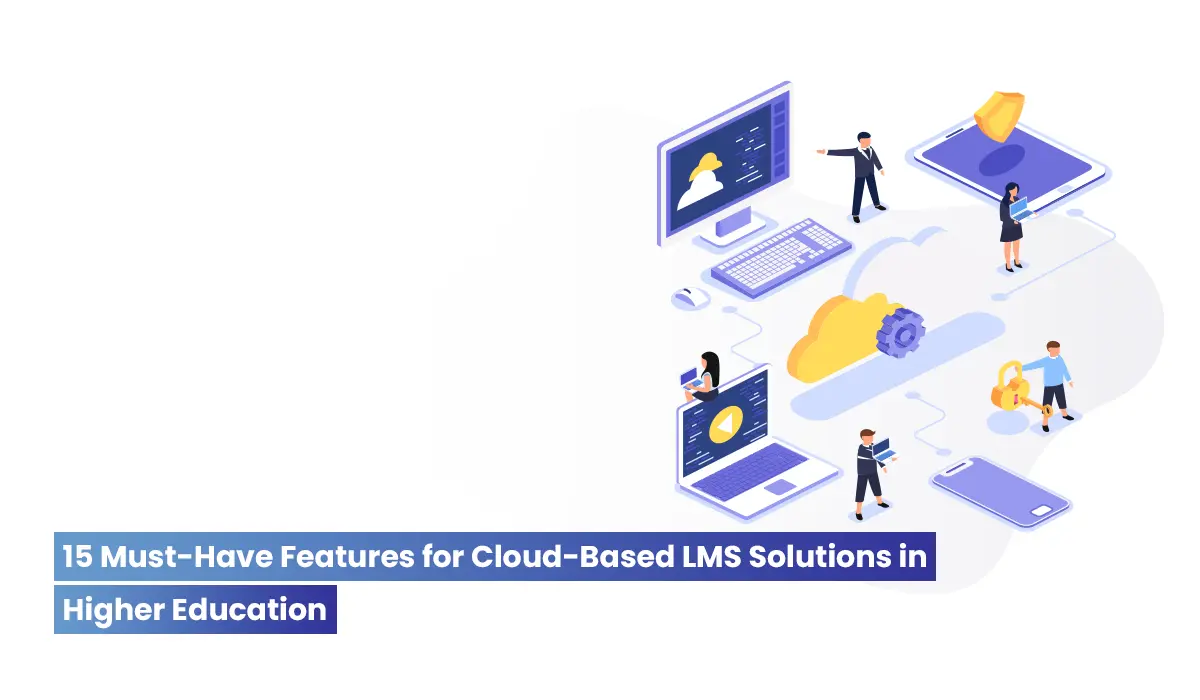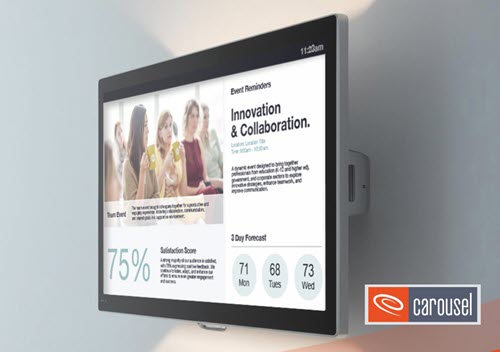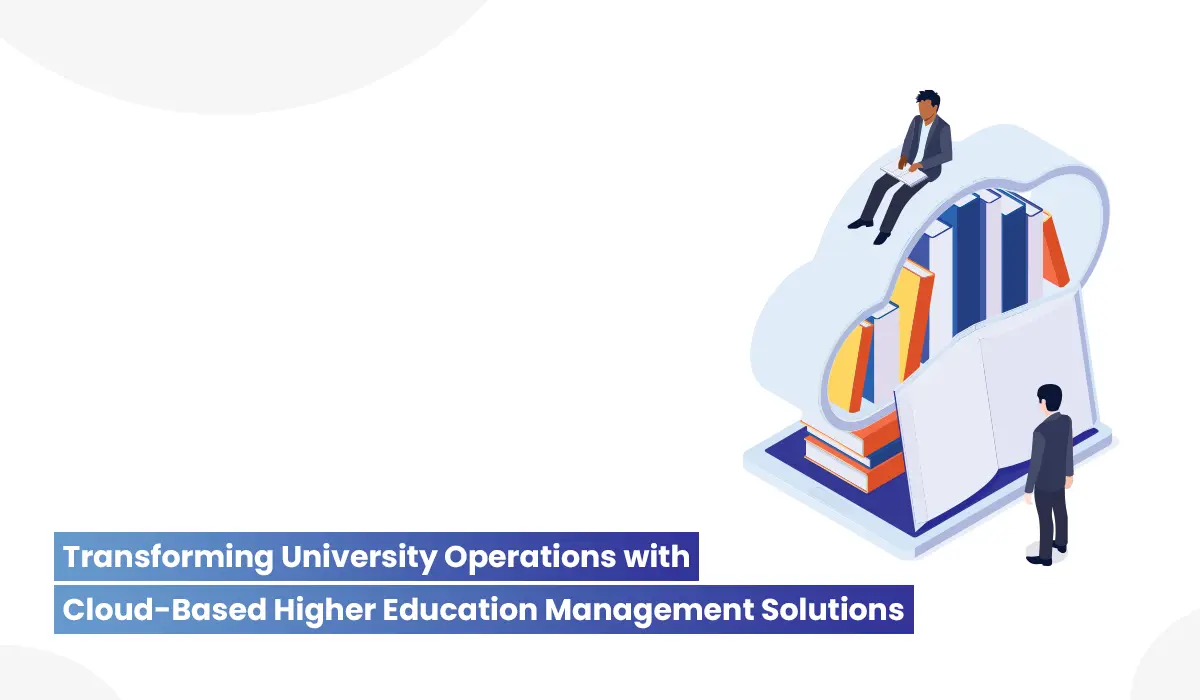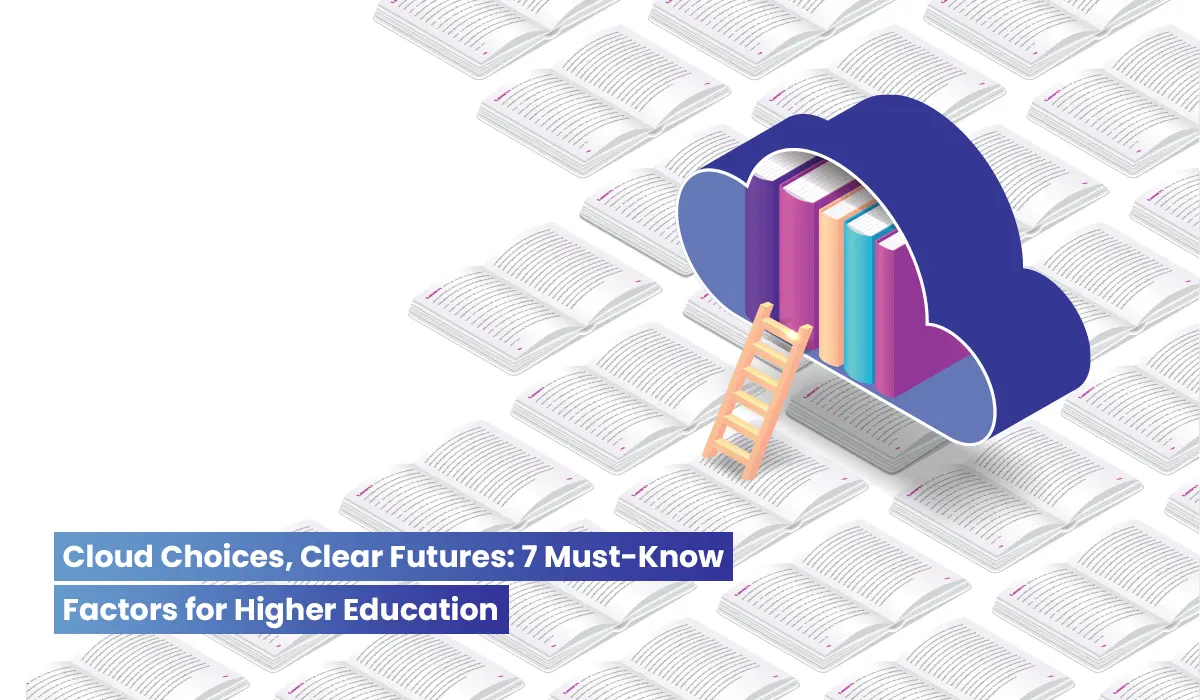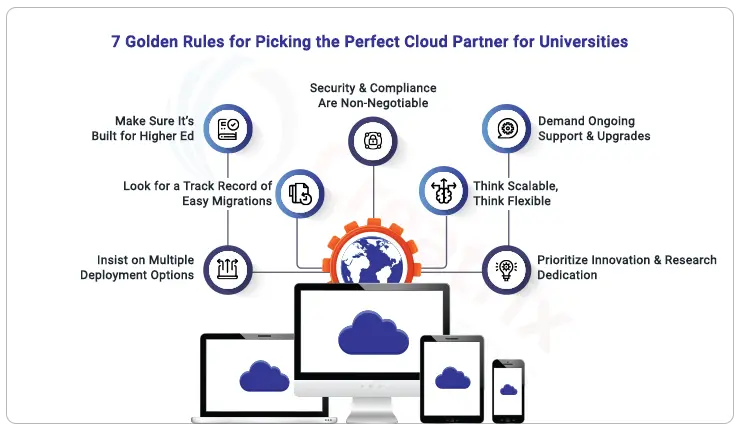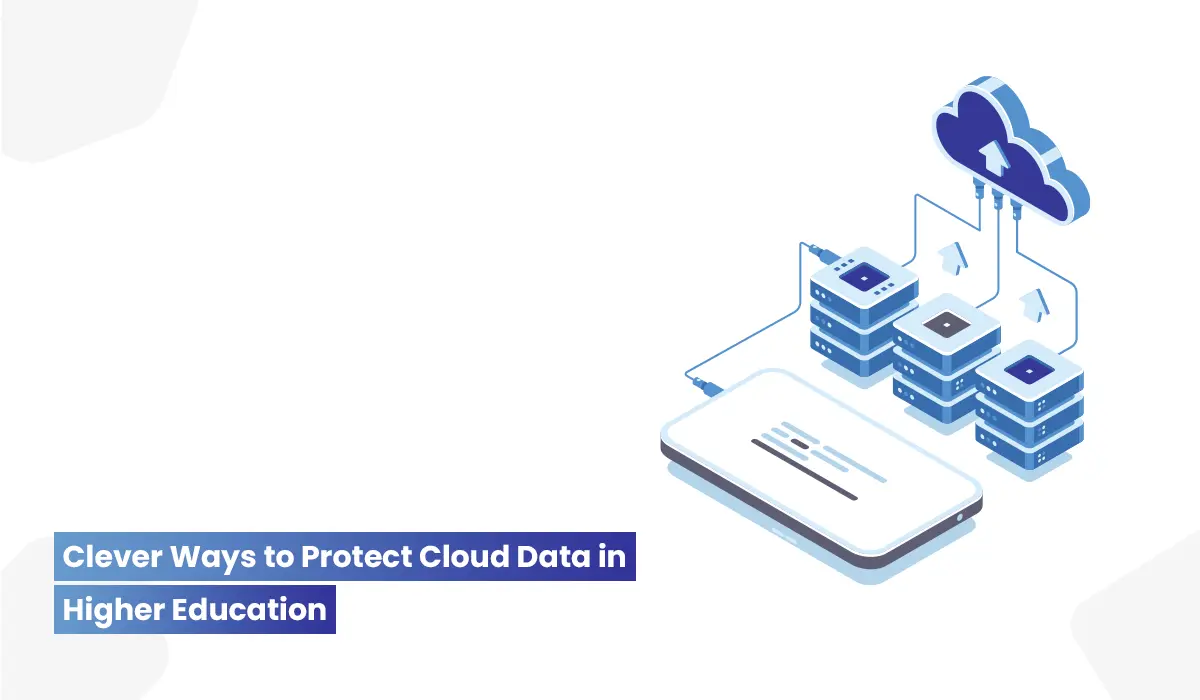[Editor’s note: This article first appeared at BryanAlexander.org.]
Greetings from a northeastern Virginia where the heat has been brutal. For several weeks we lived under temperatures reaching 100 ° F, while humidity sopped everything badly enough that the “feels like” reading hit 110. (And the Trump administration decided to federalize and militarize DC – that’s for another post.)
North of us, epic wildfires burned swathes of Canada. “‘It’s the size of New Brunswick, to put it into context,’ Mike Flannigan, a professor of wildland fire at Thompson Rivers University, told CBC News.” This is apparently the second worst fire year on record. Climate change has not only increased temperatures in that nation but dried out regions, making them tinder.
Parts of Europe are also suffering under horrendous heat waves. As a result the region is experiencing upticks in fires, heat exhaustion, and deaths. Temperatures are hitting the 30s and even 40s (centigrade; for Americans, this means upper 90s and over 100 F).
I’d like to explain about how these are predictable outcomes of the worsening climate crisis, how global warming is doing precisely what we thought it would do, but I’d also like to get in the habit of issuing shorter blog posts. Besides, I suspect my readers either get the point or have turned away by now.
What I wanted to focus on today was a recent connection made between Europe’s fierce summar, the climate crisis… and digital technology. Britain is suffering under drought conditions exacerbated by global warming, a drought so harsh that the government has assembled a National Drought Group to organize responses. (One of my shorthand expressions for thinking of climate change is that regions with too much water will receive more, while those with less, less. A kind of climate Matthew Effect. The UK drought is an exception for now.)
Yesterday the drought team issued a report on the crisis, summing up steps various local authorities are taking along with series of recommendations for Britons wanting to take actions against the drought. I’d like to draw your attention to one of them:
“Delete old emails and pictures as data centres require vast amounts of water to cool their systems.”
There’s much we can say or ask about that single line. Just how much of an impact does cloud computing hosting have on British water use? If this is aimed at residents, are businesses or the government taking similar measures? Should one use cloud services not colocated in drought-stricken areas?
At a broader level I wonder about the possibility that the growing anti-digital movement, which some call the techlash, might finally become focused on climate implications. Do we decide that advanced computing (think generative AI or bitcoin mining) has too large a footprint and must be curtailed? Or do we instead assess its climate benefits – crunching vast arrays of data, running simulations, generating new research – as outweighing these costs?
For years I’ve been asking audiences about the climate-digital connection. I’ve asked people to imagine individual and group choices they might have to make in the future as the crisis worsens and electricity becomes more fragile, more restricted. These are provocative, clarifying questions. Think of choosing between WiFi and air conditioning, or cloud computing versus refrigeration. And now we have a first glimpse of that future with the British government requesting Britons to cut back their digital memories. We can imagine new questions in that light. How would you choose between streaming video and potable water, or Zoom versus crop irrigation?
The Higher Education Inquirer reminds us of the higher education implications.
For colleges and universities, the connection between digital behavior and resource conservation is an opportunity to model sustainability. Digital housekeeping campaigns could encourage staff and students to purge outdated files, trim redundant email chains, and archive with intent. Institutions can audit cloud storage use, revisit data retention policies, and prioritize providers that invest in energy- and water-efficient infrastructure. These choices can be paired with curriculum initiatives that make students aware of the climate–digital nexus, grounding sustainability not just in labs and gardens, but in inboxes and servers.
Indeed. These actions are available to us, should we choose to take them.
Yet this is a difficult conversation to have now, at least in the United States, as the Trump administration attacks climate science even to the point of hurling a satellite out of Earth orbit. Businesses are walking back climate commitments. Journalists don’t mention the crisis very often. Democrats are falling silent. Yet, strangely enough, climate change continues, ratcheting up steadily. We must think and act in response. That means, among other things, rethinking our digital infrastructure and practices.












